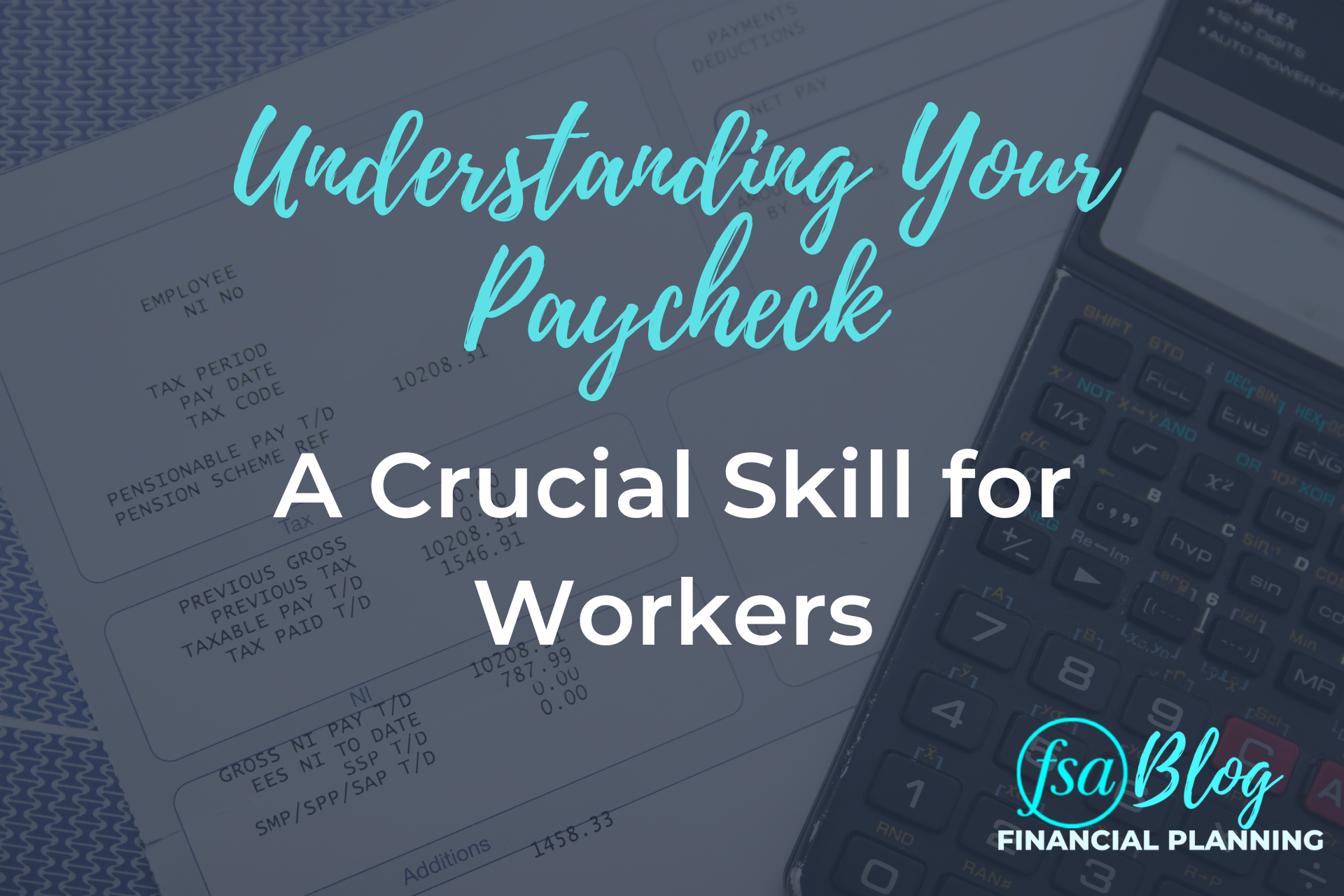One common goal for those in their 30s-50s is to fund their children’s college education. Attaining this goal is no small feat. Over the years, college tuition and room and board costs have grown exponentially compared to the average inflation rate. For example, the National Center for Education Statistics found that the cost of tuition at public four-year institutions increased by 5% each year between 2001-2021. To help you battle the rising costs of education, we’ll explore your options to help fund your kids’ college expenses.
529 Plans: Your College Savings Ally
One of the most powerful tools for funding college expenses is a 529 savings plan. These plans come with a host of tax benefits and allow you to invest your contributions tax-deferred, which makes them an attractive option. Contributions to 529 plans are made with after-tax dollars, meaning you won’t get a federal tax deduction. However, the real beauty comes when you use the funds for qualified education expenses. The earnings grow tax-free and are not subject to federal income tax if used for qualified education expenses.
Moreover, many states offer additional incentives in the form of state tax deductions on contributions. The specifics vary from state to state, but it can mean significant savings on your state tax bill. For example, in Maryland, you can deduct up to $2,500 of contributions per account or beneficiary from your income for state taxes. Further, these plans are flexible with the ability to change the beneficiary at any time and can be used for both in-state and out-of-state colleges. This is one of our favorite tools for funding college expenses.
Brokerage Accounts: Adding Flexibility
While qualified education expenses for 529s have expanded over the years, nothing beats the flexibility of a brokerage account. What happens if your child does not go to college and wants to start a business instead? Can you take money from a 529 plan and give it to your child as seed money for the business? Not without a penalty and taxes! That’s why we always encourage clients to not overfund their 529s and save some funds in a brokerage account earmarked for education. This may not be the most tax efficient way to fund college, but we want to balance tax deductions and flexibility. You never know which route your child may take!
Part-Time Work: Teaching Financial Responsibility
Let’s be honest; giving your kids a full ride to college from the bank of mom and dad is not always doable or advisable. We all want what’s best for our kids, but it could be financially irresponsible to take on such a huge financial burden for your children, specifically if it might impact your own financial security and future retirement. It can make sense for your kids to have some skin in the game; enter in part-time work!
There is some merit to having your kids participate in funding their college experience. On top of providing some extra funds to offset college expenses, it also helps instill financial responsibility and pride in their academic performance (since they are helping pay for it). It will teach them about managing income, paying for expenses, communication skills, and interviewing for jobs. Working part time and going to school full time can be challenging, but it is doable. Those who can do it successfully will also learn how to balance multiple obligations all at once. All of these are valuable life skills that can set them ahead after they get their degree.
Subsidized and Unsubsidized Loans: Bridging the Gap
In some cases, parents and students may need to rely on loans to bridge the gap between savings and college costs. There are options for parents to take out loans on behalf of their kids; however, we typically see this as a last resort. While the student can utilize a loan for college, you are not able to do the same for retirement. We would not recommend compromising your future financial stability for education funding. Plus, you can always help them repay the loans down the road as you’re able.
For students, there are federal subsidized and unsubsidized loans. Subsidized loans are need-based and typically offer more favorable terms, such as a lower interest rate. Interest doesn’t accrue while the student is in school or during deferment periods. Unsubsidized loans, on the other hand, are not need-based, and interest starts accruing from the moment the loan is disbursed.
There are caps on how much a student can borrow from the government each year for each type of loan. If the student goes to a pricier college or goes out of state, these loans may not be enough to cover the full bill, especially if you aren’t using any of the strategies listed above. That’s when private loans could make an appearance. Please note, these loans are less generous to students, higher interest rates that accrue right away, fewer payment plan options, and typically not eligible for loan forgiveness programs.
Utilizing Community College: A Cost-Effective Path
Community colleges are often overlooked since they aren’t the mainstream way to attain your college degree; however, they can be a cost-effective way to complete core coursework. Many students start their higher education journey at a community college before transferring to a traditional four-year institution. This strategy allows them to complete general education requirements at a fraction of the cost of going to a state school. Plus, many states offer transfer agreements that guarantee admission to a four-year institution.
Schools Out!
As with most financial planning, funding your child’s college education is a complex puzzle that requires careful planning and a mix of strategies. A 529 plan offers substantial tax advantages, while federal subsidized and unsubsidized loans can help bridge financial gaps. Encouraging part-time work and considering the benefits of community colleges can further ease the financial burden.
If you need help completing your college education funding puzzle, we are happy to help! Send us an email to questions@FSAinvest.com or click here to schedule a call with one of FSA’s CERTIFIED FINANCIAL PLANNER™ professionals.
FSA’s current written Disclosure Brochure and Privacy Notice discussing our current advisory services and fees is also available at https://fsainvest.com/disclosures/ or by calling 301-949-7300.




